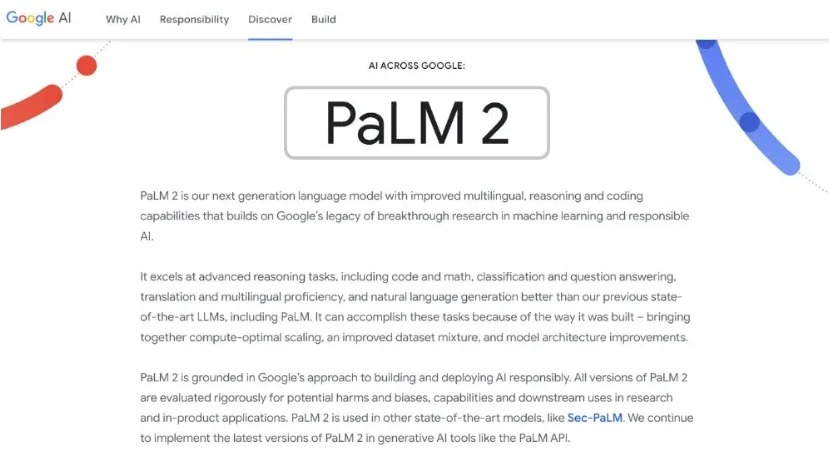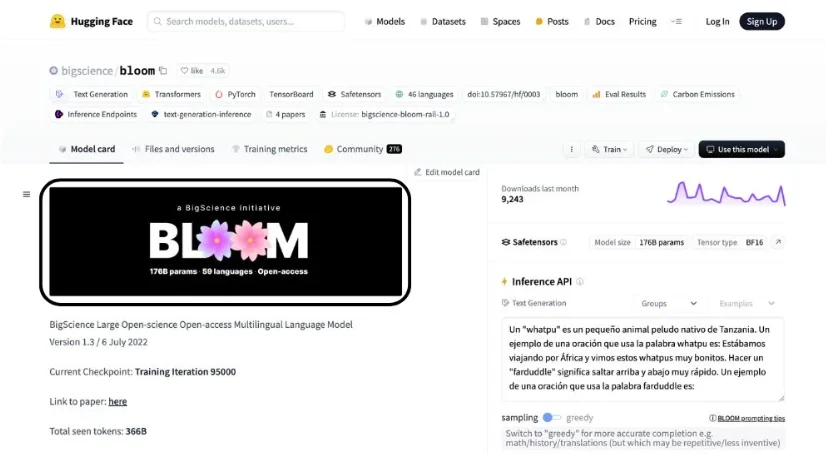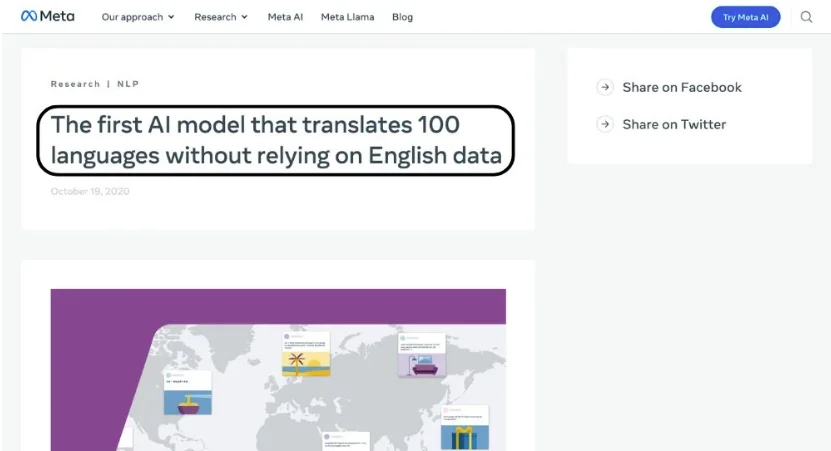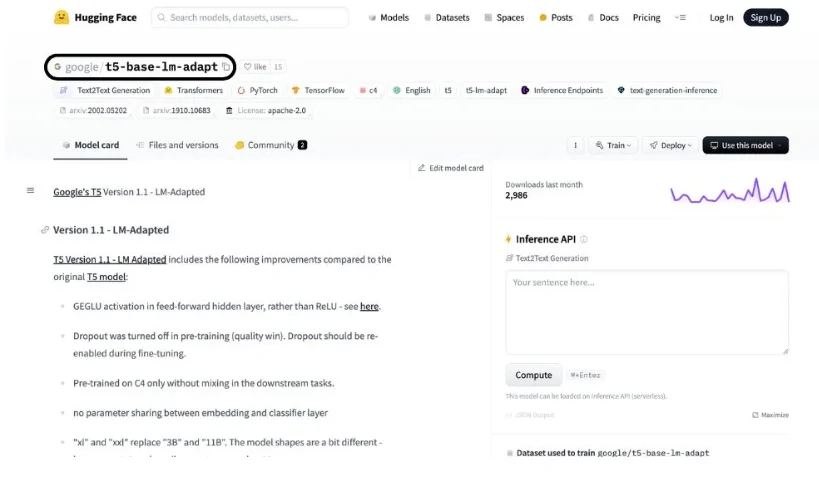Are you finding it hard to keep up with all the new AI models on the market?
It’s hard to tell which AI advancements are genuine and which are just hype. Keeping up with this rapidly changing technology is challenging.
But not learning about the new models meant falling behind as competitors started to harness AI models to improve operations, customer experiences and financial success.
Relax, we have your back! This guide will show you the leading AI models that are going to rock the business sector in 2024.
Are you overwhelmed by the number of AI Models?
With new artificial intelligence models popping up all the time, it’s hard to keep up with the latest, greatest large language AI models.
Importance of Keeping Up with AI Advancements
For tech enthusiasts, this matters because you want to know when AI models can do something new. For developers and project leaders, this also matters because understanding how leading AI models work can help you find ways to apply them to transform your work into something new.
Which AI Models are Leading the Revolution?
1. GPT-4: The Multimodal Powerhouse

OpenAI’s GPT-4 stands out as a versatile, multimodal AI capable of understanding and generating text, images, and even videos. Its advanced capabilities make it a top choice for a wide range of applications, from content creation to complex problem-solving.
2. LaMDA: The Conversational AI Virtuoso

Developed by Google, LaMDA (Language Model for Dialogue Applications) excels in conversational AI, making interactions with machines more natural and human-like. This will revolutionize customer service, virtual assistants, and more.
3. PaLM 2: Google’s Next-Gen Model

PaLM 2, another model from Google, is the follow-up to the original PaLM. Like other large language models, PaLM 2 is a type of AI model trained on huge amounts of text that is especially good at a number of different tasks. It can be used by developers to make relatively complicated AI applications.
4. LLaMA: Meta’s Open-Source Contribution

An example of an open-source model that has facilitated collaboration is Meta’s LLaMA (Large Language Model Meta AI). Anyone can use LLaMA in their research or applications, ensuring the benefits of this model are widely shared. The MIT Press / decoda. coBy sharing our insight, we complete the cycle and have the opportunity to benefit from the insights of others.
5. Claude: Anthropic’s Safe and Helpful AI

Claude focuses on safety and helpfulness, ensuring ethical considerations guide its design. By emphasizing reliability and trustworthiness, Claude provides dependable AI solutions across various fields.
6. Jurassic-2: AI21 Labs’ Multilingual Model

AI21 Labs’ Jurassic-2 is a multilingual model that excels in understanding and generating text in multiple languages. This makes it ideal for global applications, from translation services to international content creation.
7. Gopher: DeepMind’s Knowledge-Focused Model

DeepMind’s Gopher is tailored for knowledge-intensive tasks. Its vast training data and sophisticated algorithms enable it to excel in fields requiring extensive information retrieval and processing.
8. Chinchilla: DeepMind’s Efficient Scaling Model

DeepMind has developed another model called Chinchilla. Chinchilla is designed to scale efficiently, making it powerful and resource-efficient. This balance allows it to be used for a wide range of applications, from research to commercial use.
9. Megatron-Turing NLG: A Collaboration Giant

Megatron-Turing NLG is a result of collaboration between NVIDIA and Microsoft, combining their expertise to create a robust, high-performance language model. It’s designed for demanding applications requiring significant computational power.
10. BLOOM: The Multilingual Open Science Model

The open-access BLOOM (BigScience Large Open-science Open-access Multilingual Language Model) also comes in multiple languages, although its recent release doesn’t have the same collaborative aspect as the other models, since it’s entirely reliant on being open access.
11. AlexaTM 20B: The Voice Assistant Powerhouse

Amazon’s latest AlexaTM 20B is designed to elevate the functionality of voice assistants, providing more intuitive and responsive interactions. This advancement marks a significant leap in smart home technology and voice-activated services, promising an enhanced user experience.
12. M2M-100: Facebook’s Multilingual Translation Model

Facebook’s M2M-100 is a powerful multilingual translation model that supports direct translations between numerous language pairs. This model is transforming the way we communicate across language barriers.
13. GPT-Neo: EleutherAI’s Open-Source Alternative

GPT-Neo by EleutherAI is an open-source model offering an alternative to proprietary models. It aims to promote transparency and accessibility. It’s a versatile tool for developers and researchers looking for a high-quality, customizable language model.
14. GPT-J: EleutherAI’s 6 Billion Parameter Model

Another impressive offering from EleutherAI, GPT-J features 6 billion parameters, making it a robust and powerful language model suitable for a wide range of applications.
15. Cohere: The Customizable AI Platform

Cohere provides a customizable AI platform that allows users to tailor models to their specific needs. This flexibility makes it an attractive option for businesses and developers seeking bespoke AI solutions.
16. BERT: The Bidirectional Transformer Revolution

Google’s BERT (Bidirectional Encoder Representations from Transformers) revolutionized the field with its bidirectional approach, significantly improving the understanding of context in language processing tasks.
17. RoBERTa: Facebook’s BERT Enhancement

RoBERTa, developed by Facebook, enhances BERT by training on more data and tweaking key hyperparameters. This results in improved performance on a variety of natural language understanding tasks.
18. XLNet: The Permutation-Based Model

XLNet, developed by Google, introduces a permutation-based training method that enhances the model’s ability to capture dependencies between words, leading to better performance on a range of language tasks.
19. T5: Google’s Text-to-Text Transfer Transformer

Google’s T5 (Text-to-Text Transfer Transformer) unifies various NLP tasks into a single framework, simplifying the process of developing and deploying AI solutions.
20. ELECTRA: A More Efficient Pre-training Approach

ELECTRA by Google employs a more efficient pre-training approach that makes it faster and less resource-intensive, without compromising on performance. This model is ideal for applications where computational efficiency is crucial.
Why Are AI Models So Important?
The Transformative Power of AI Models
AI models have a transformative impact on various industries, from healthcare to finance, by enabling advanced data analysis, automation, and improved decision-making processes.
Foundation Models and Their Applications
Foundation models serve as the building blocks for a wide range of applications including chatbots, translation services, content generation, and more. Their versatility and power make them indispensable tools in the modern technological landscape.
Final Thoughts
The landscape of AI models is dynamic and rapidly evolving, with continuous advancements pushing the boundaries of what’s possible. Staying updated with these developments is essential for leveraging their full potential.
As AI models become more powerful, ethical considerations and challenges, such as bias, privacy, and the potential for misuse, become increasingly important. It’s crucial to address these issues to ensure the responsible and beneficial use of AI technology.
Frequently Asked Questions
How do you maintain AI models?
Keeping up to date involves feeding the AI models new data from time to time, recalibration for better results for specific tasks, and periodically checking for any issues such as drift or bias that may have affected the AI models’ performance and quality.
What does fine-tuning mean in AI models and why is it important?
Transfer learning in this case refers to making changes to learn entity on a specific dataset with the aim of enhancing it when performing specific tasks. This process optimizes the model, by providing a closer fit to the line of work that is being addressed.
How are AI models changing the way we interact with technology?
Many human interactions with technology can be described as revolutionary due to the fact that AI models can mimic human inputs and generate natural language texts, paving the way for more advanced forms of voice assistants, customers’ relations, and others.
What ethical considerations should be kept in mind when using AI models?
Some of the ethical standards include eliminating bias in datasets used during training, protection of individual’s privacy as well as security and against misuse, and lastly ensuring that information regarding AI programs and processes is shared freely and transparently.
